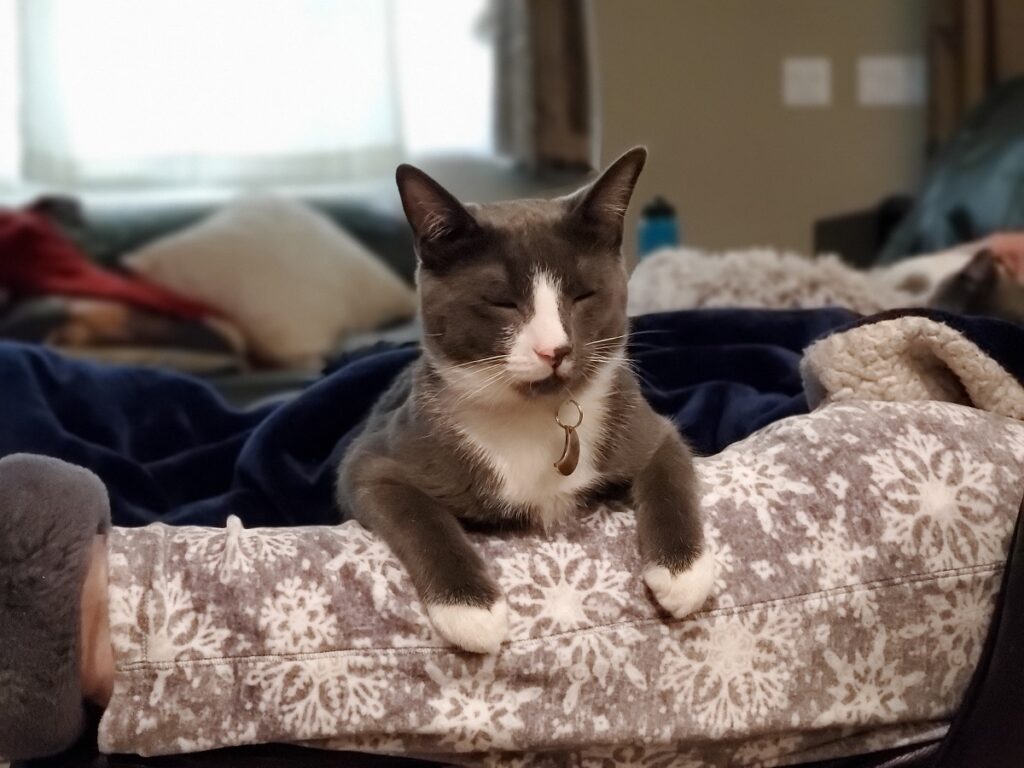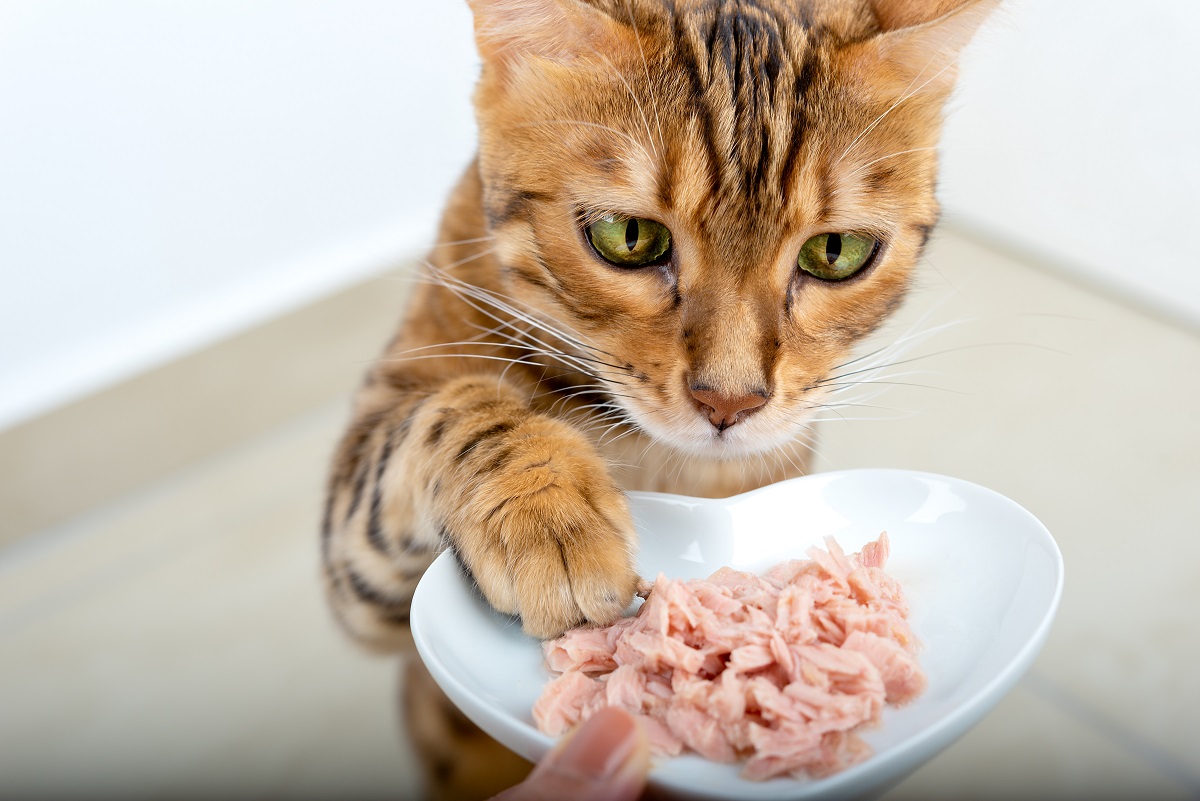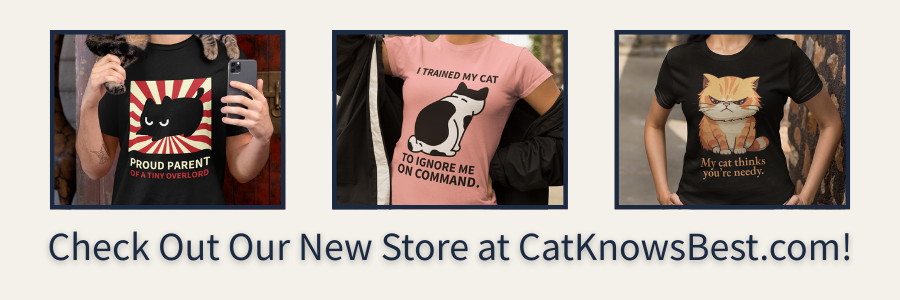If your cat hears the sound of a can opening and sprints into the kitchen like their life depends on it, you’re not alone. Wet food is the feline equivalent of a gourmet meal, and many cats go wild for it. But can you really serve it every day without causing problems? The short answer is yes. In fact, feeding your cat wet food daily might be one of the best choices you can make for their long-term health.
Let’s take a closer look at what makes wet food different, the benefits of daily feeding, and what to keep in mind as part of a well-rounded diet plan.
What Makes Wet Food Different from Dry Food
Both wet and dry cat foods are designed to meet your cat’s basic nutritional needs. But the way they do it is very different.
Wet food contains a high percentage of moisture, usually around 70 to 80 percent. That means every bite is helping to keep your cat hydrated, especially important for cats who rarely drink water on their own. Dry food, on the other hand, contains less than 10 percent moisture and is much more calorie-dense in smaller servings.
Texture also plays a big role. Wet food is softer and more palatable for many cats, particularly kittens, seniors, or cats with dental issues. It comes in a wide variety of flavors and consistencies, from pâté to shredded or minced styles, which keeps mealtime interesting and appealing.
The Biggest Benefits of Daily Wet Food
Feeding your cat wet food every day is not just a treat. It can have some very real benefits for their health, especially when it is part of a balanced diet.
1. Hydration support
Cats are notoriously poor drinkers. Their desert-dwelling ancestors got most of their water from eating prey. Today’s house cats still follow that pattern, which is why wet food is such a helpful hydration boost. This is especially useful for preventing urinary tract issues or supporting kidney function in aging cats.
2. Easier portion control
It is easier to serve a defined portion of wet food than to free-feed dry kibble. Measured meals help prevent overeating and weight gain, which are common concerns in indoor cats.
3. Appetite stimulation
The strong smell and soft texture of wet food are more appealing to picky eaters or cats recovering from illness. Daily wet food can help maintain regular eating habits.
4. Nutritional variety
Many wet foods include meats, broths, and added vitamins that provide a nutritional boost. Rotating between flavors and brands can also give your cat a wider range of amino acids and nutrients, which may support immune health and digestion.
Things to Keep in Mind with Daily Wet Food
While feeding wet food every day is generally safe, there are a few things to consider to make sure your cat is getting the most benefit without any drawbacks.
Choose complete and balanced formulas
Make sure the wet food you are using is labeled as “complete and balanced” by the Association of American Feed Control Officials (AAFCO). This ensures it meets all your cat’s essential nutritional requirements.
Store leftovers properly
Once opened, canned food should be covered and stored in the refrigerator. Toss any uneaten portion that sits out for more than two hours. Cats have high standards, and spoiled food will quickly get the cold shoulder.
Watch for overfeeding
Wet food can be lower in calories per ounce than dry food, but the portions still matter. Always follow the feeding guidelines on the label and adjust based on your cat’s size, age, and activity level.
Dental care is still important
There is a common myth that dry food keeps your cat’s teeth clean. While it may help in some cases, dental care still needs regular attention. If your cat eats mostly wet food, be sure to brush their teeth or use vet-approved dental treats to support oral health.

Should you feed me wet food every day? Seriously, is that really a question? I may be picky. I may sometimes only eat half of my the wet food. And, I may love my crunchies (that’s dry food, for you peoples). But don’t think that means I don’t want the fancy stuff! #SillyHumans #GourmetKitty #KeepingYouOnYourToes #I’mJustAdorable
Winston
Mixing Wet and Dry Food
If you are not ready to go all-in on wet food or your cat enjoys both types, a mixed feeding routine can offer the best of both worlds. You get the hydration and variety of wet food with the convenience and longer shelf life of dry food.
A typical plan might include wet food in the morning and evening, with a measured scoop of dry food available during the day. This can help maintain interest, balance nutrients, and control weight more easily.
Every cat is different, and the right mix depends on their health, lifestyle, and personal preferences.
Special Cases to Consider
While wet food works great for most cats, some situations may require extra attention.
- Senior cats may benefit even more from daily wet food since it is easier to chew and helps maintain hydration.
- Overweight cats can slim down more easily on wet food due to better portion control.
- Cats with allergies or sensitivities may need limited ingredient recipes, which are more common in wet formulas.
If your cat has a medical condition, always check with your veterinarian before making any big dietary changes. They can help recommend specific formulations or brands that fit your cat’s needs.
Final Thoughts: Wet Food Can Be a Healthy Daily Staple
Feeding your cat wet food every day is not just acceptable. It can be a fantastic foundation for a healthy lifestyle. From better hydration to improved appetite and weight management, wet food offers a lot of advantages for cats at every stage of life.
As long as the food is complete and balanced, portioned correctly, and stored safely, there is no reason not to make wet food a daily part of your cat’s routine. Just prepare yourself for the look of betrayal if you ever forget a can.
Sources:
Feeding Your Cat https://www.humanesociety.org/resources/feeding-your-cat
Understanding Feline Nutrition https://www.icatcare.org/advice/feline-nutrition
Complete and Balanced Pet Food https://www.fda.gov/animal-veterinary/resources-you/complete-and-balanced-pet-food
Wet vs. Dry Cat Food https://www.petmd.com/cat/nutrition/wet-vs-dry-cat-food
Recent Posts
Your Cat Might Be a Furry Little Healer… or at Least a Fuzzy Alarm System If you’ve ever had your cat suddenly become extra clingy when you’re under the weather, you’re not alone. From...
Cats are experts at hiding things, socks under furniture, their disdain for your playlist, and, unfortunately, symptoms of illness. In the wild, showing weakness could make them a target, so even...


